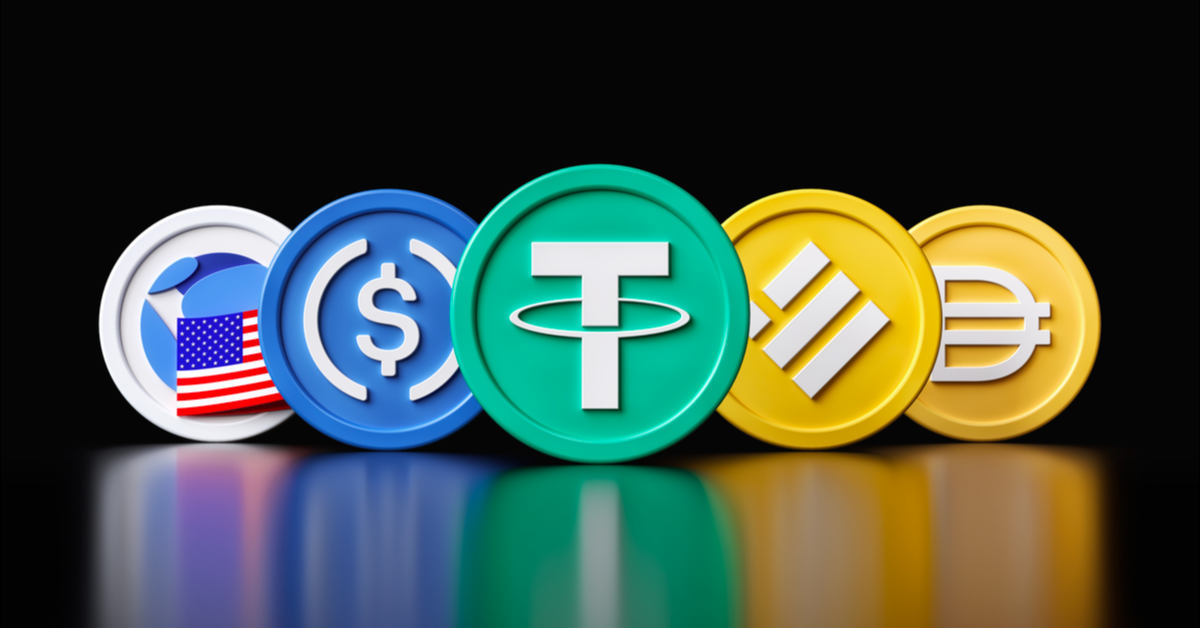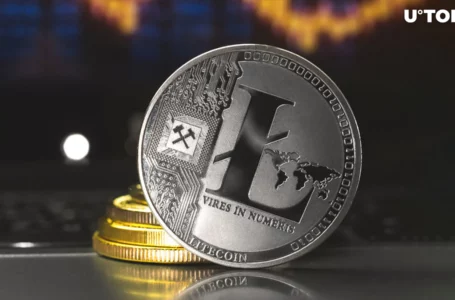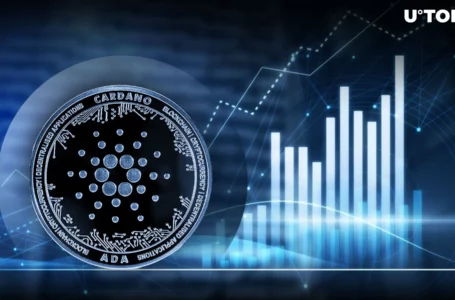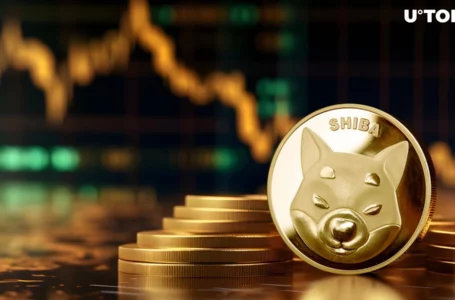
Like a film trick, set in slow motion Terra’s stablecoin — UST and native coin, LUNA witnessed a colossal crash. Thus, shocking investors to the bone marrow. Why? Because, although cryptocurrencies are highly volatile, stablecoins are perceived as the master of all, free of volatility.
In this article, we shed light on what stablecoins were like before the TerraUSD collapse, the stablecoin landscape after the collapse, and how major crypto exchanges are using trading pairs to diversify the stablecoin market as management. risks.
But first, let’s begin from the top— Terra, to understand better.
Terra, LUNA and UST: what are they?
Terra is a decentralized blockchain, which has a native coin, the LUNA token (for all transactions and votes on the blockchain), and a stablecoin, TerraUSD or UST, which is pegged at 1 to 1 US dollar. UST was an algorithmic stablecoin because instead of having fiat currency or other stable assets in reserve to back its token, it used a mixture of codes and LUNA (via a mint and burn mechanism) to stabilize the process.
Such that $1 worth of LUNA could be burned to mint 1 UST, and 1 UST could also be burned to mint $1 worth of LUNA.
How the UST Collapsed
The price of UST dropped to $0.91 after over $2 billion worth of UST was suddenly pulled (from the peg protocol) and sold. Therefore, investors started burning USTs to hit LUNA but exceeded the daily limit of 100 million. Once the stablecoin failed to hold its peg, it triggered a UST panic sell which further dropped its price from 0.5 to 0.3 to 0.2 and then to an all-time low of close to 0.0.
Prior to this rude shock in May 2022, Terra ranked among the top 10 cryptocurrencies at a swell rate of $120 and a market cap of more than $40 billion in April.
Meanwhile, the unprecedented collapse of TerraUSD has driven a hole in stablecoins to question their safety amid the market crisis.
What are Stablecoins?
Stablecoins are cryptocurrencies designed to offer price stability by pairing them to a stable asset — precious metal or fiat currency, in most cases US Dollars. They offer security, low risk, and “were” volatile-free. Such that, for a stablecoin pegged at 1:1 to dollars, you can exchange 500 tokens of that stablecoin for 500 USD at any time.
However, note that UST was different from other stablecoins such as Tether (USDT) and USD Coin (USDC) as it was an algorithmic stablecoin backed by a complex mix of codes and its sister token, LUNA rather than dollars.
The landscape after the crash
Since cryptocurrencies are correlated, the colossal LUNA crash massively shook the cryptocurrency market with a loss of $60 billion (€55.8 billion).
Tether USDT, also fell to $0.98 instead of its $1 peg, while other cryptocurrencies such as Bitcoin and Ether also lost substantial sums.
In addition, Tether USDT came under fire as critics questioned its reserves and the number of dollars backing it.
Crypto Exchanges Embrace Stablecoin Diversification
Stablecoin diversification is essential to protect trading portfolios. Some crypto exchanges have added USD trading pairs to existing USDT pairs. This mitigates liquidation risk and creates a list of preferred options for savvy traders. Some of these crypto exchanges are:
1. Binance — Binance is among the top crypto exchanges with a varying range of products. The Binance platform is dedicated to increasing the freedom of money for users. It has trading pairs such as ADA/USD, BTC/USD, ETH/USD, SOL/USD, DOGE/USD, XRP/USD, and BNB/USD among others on its platform.
2. Bit.com – Bit.com is a high performance crypto exchange that is built with institutional grade security to serve both new and experienced crypto traders.
The exchange added 14 new trading pairs such as AAVE/USD, BTC/USD, BCH/USD, COMP/USD, CRV/USD, ETH/USD, and AXS/USD, etc to its platform.
3. FTX – FTX is a global cryptocurrency exchange offering innovative products such as derivatives, options and leveraged tokens. It supports over 300 cryptocurrencies with pairs such as AVAX/USD, FTT/USD, MATIC/USD, FTM/USD, GST/USD LOOKS/USD and APE/USD.
This strategy provides traders who are skeptical about stablecoins following TerraUSD’s failure with better alternative pairings on these exchanges. It’ll also ensure diversification and stability of the stablecoin market.


















